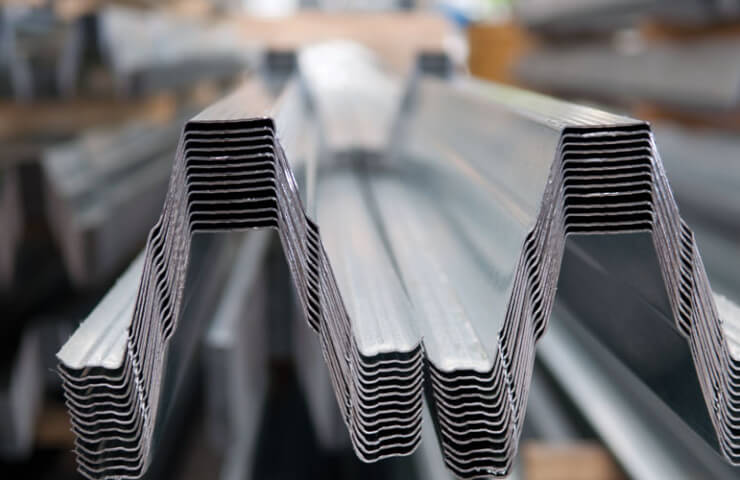A special metal structure is necessary for proper load distribution. Even one purlin in the building structure can prevent curvature of vertical and horizontal details. Helps cope with dynamic loads on the metal base of the structure during everyday use.
Technical advantages of purlins
It is not enough to use profiled metal to create floors in the metal structure of a building. A metal profile is not always able to withstand the weight of the roofing material and additional loads that arise during the daily use of the building. Roughly speaking, this is a rafter system of a metal frame for distributing the load and strengthening the structure as a whole:
- A necessary structural element in high-rise buildings.
- Additional protection of industrial structures from deformation.
- The structural element allows you to additionally load the floor.
- Saves the entire building from the negative effects of large amounts of precipitation.
- In some other types of metal structures.
The run must have certain technical and operational characteristics. If you make them to the size of the future building, installing the purlins does not take much time and effort. Structural reinforcements are especially effective in places where the metal structures of a building are connected vertically and horizontally.
Features of purlin manufacturing
There are several types of purlins that are used depending on the installation location and other design features of the building. Not only the strength, but also the reliability of the structure in the event of unexpected loads depends on the correct choice of element. Each type of element has its own characteristics and advantages of use in practice:
- ridge, necessary for supporting the roof and distributing the load;
- side ensure distribution of the load on the rafters; li>
- an additional element if calculations showed that the first two will not be enough.
Resistant to physical stress girders are made of high quality steel. Insufficiently strong elements of the future structure only increase the weight of the building and the floor in particular. Lead to additional risk factors for collapse and deformation. Most often, this type of rolled product is used in industrial construction and metal structures used in open spaces.





